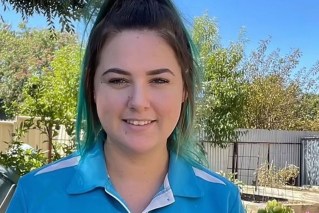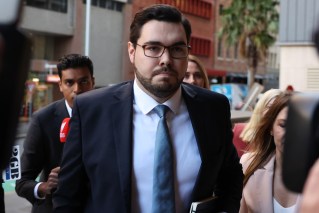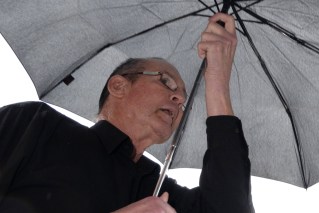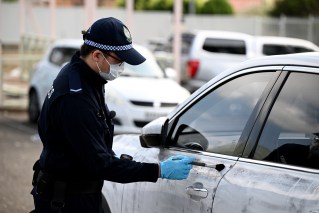From the cover of Forbes to a prison cell: The meteoric fall of Theranos founder Elizabeth Holmes

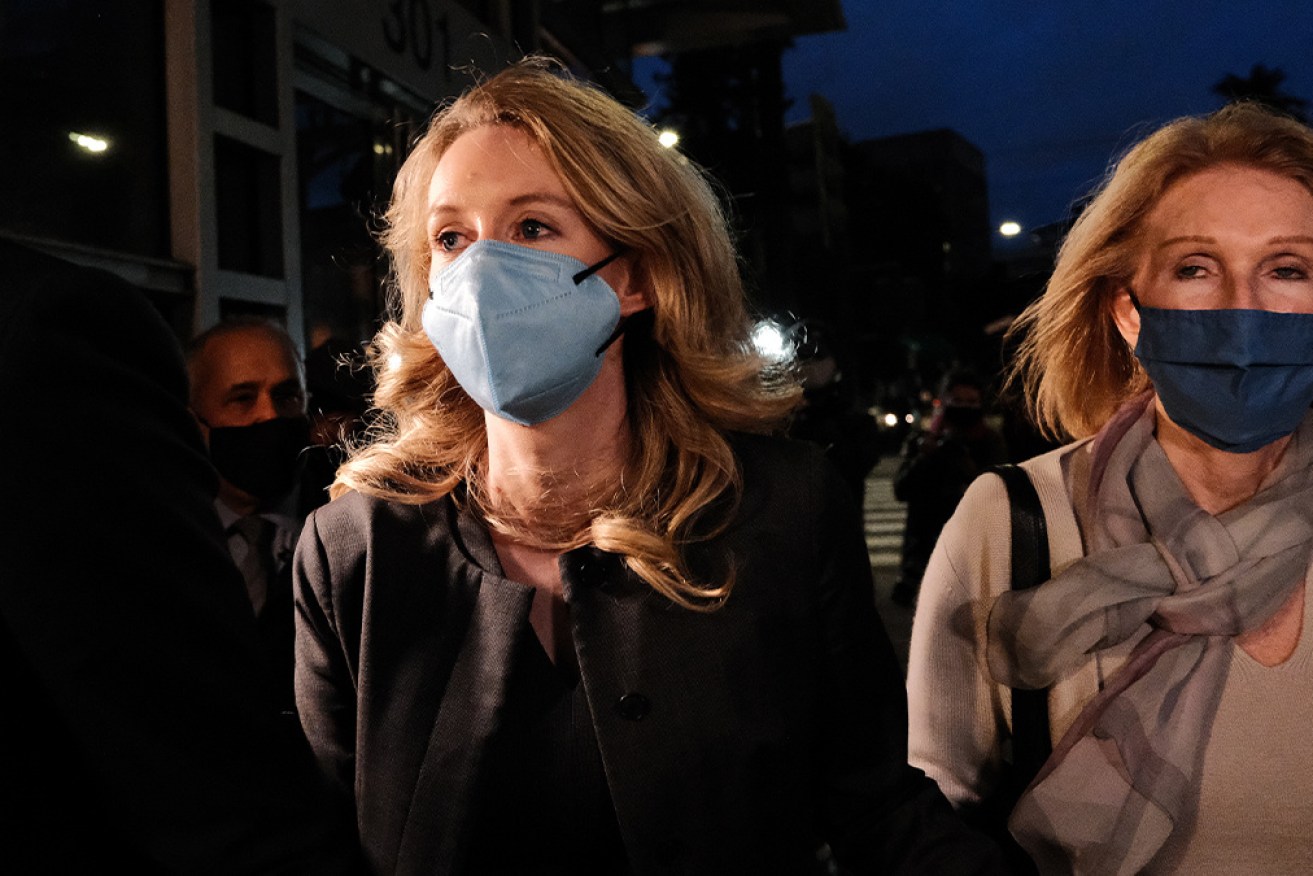
Elizabeth Holmes was once heralded for her vision and technology. Now, she faces years in prison. Photo: Getty
Elizabeth Holmes was once one of the biggest and most promising names in Silicon Valley.
Holmes claimed her company, Theranos, was developing a revolutionary piece of technology – a blood analysis device that required just a single drop of blood to provide a myriad of medical insights.
Investors and onlookers were blown away by the entrepreneur’s vision, with her company achieving a US$9 billion ($12.5 billion) valuation at the peak of its success.
However, Holmes and Theranos’ success unravelled when the company was found to have all been built on a lie – the technology never worked.
Eighteen years after founding the company, Holmes has now been found guilty on four counts of fraud, and faces decades in prison.
So how did Holmes con her way to the top, and how did her meteoric fall from grace take place?

Theranos founder Elizabeth Holmes at the TIME 100 Gala in 2015 with Time Magazine managing editor Nancy Gibbs and fashion designer Diane von Furstenberg. Photo: Getty
A master in public relations
At the height of her success, Holmes’ presence and influence was inescapable.
Holmes swept to the front cover of Forbes and was named in TIME’s 100 Most Influential People in the World in 2015.

Elizabeth Holmes speaks with former US president Bill Clinton during the closing session of the Clinton Global Initiative in 2015.
She regularly drew comparisons to other visionaries such as Bill Gates and her personal idol, Steve Jobs, and recruited former United States secretaries of state Henry Kissinger and George Shultz and other big names to sit on her company’s board.
Holmes even served as a United States Presidential Ambassador for Global Entrepreneurship.
But all the glowing press in the world couldn’t mask Theranos’s fatal flaw – the technology wasn’t all it seemed to be.
The technology
Holmes briefly attended Stanford University in 2002, studying chemical engineering and working as a researcher and laboratory assistant.
Holmes was inspired when she worked in a laboratory in Singapore that was testing for the SARS virus during the peak of the outbreak.
Promptly dropping out of Stanford after two semesters, Holmes began developing a patent for a wearable patch that could analyse blood and administer medication in real time.
Holmes founded Theranos at just 19, and the company embarked on a mission to make blood testing and subsequent health care more accessible.
Making use of investments garnered along the way, the patch concept evolved into a pin-prick technology that would allow consumers to swiftly test their own blood at home, removing pathology lab waiting times and the need for big needles.
Although Holmes’ mission seemed to have good intentions at the start, the science behind the product never caught up with her vision.
Too good to be true
A 2015 front-page story in the Wall Street Journal alleged Theranos’ technology wasn’t all it seemed to be.
After receiving a tip from a sceptical pathologist, journalist John Carreyrou’s scathing report showed the technology was incapable of accurately performing the sophisticated medical tests Theranos had claimed it could.
The report also claimed that Theranos was using third-party equipment for its demonstrations and product testing.
Although Theranos initially challenged the report and threatened Carreyrou with legal action, the fallout was almost immediate.
The company’s PR machine came to a screeching halt and Holmes’ glossy image was tarnished, with Forbes re-evaluating her net-worth to virtually nothing.
Theranos began correcting tens of thousands of blood tests in 2016.
By 2017, the Theranos laboratories were no longer active and, by 2018, the US Securities and Exchange Commission (SEC) had sued Holmes and former Theranos president Ramesh “Sunny” Balwani for fraud.

The Theranos miniLab claimed to be able to provide pathology results using a single drop of blood.
Present day
In a March 2018 settlement with the SEC, Holmes paid $US500,000 ($694,000), forfeited 19 million shares of company stock, and stepped down from the helm of the company.
Three months later, Holmes and Balwani were indicted on multiple counts of wire fraud and conspiracy to commit wire fraud.
A trial was originally scheduled to start in August 2020. But due to pandemic concerns and Holmes’ eventual pregnancy, her trial was delayed to August 2021, and Balwani’s pushed back to 2022.
On January 3, 2022, Elizabeth Holmes was found guilty on four counts of fraud.
Holmes now awaits a hearing for sentencing, which the judge is yet to set, and a decision on whether she will serve a maximum prison term of 80 years.


